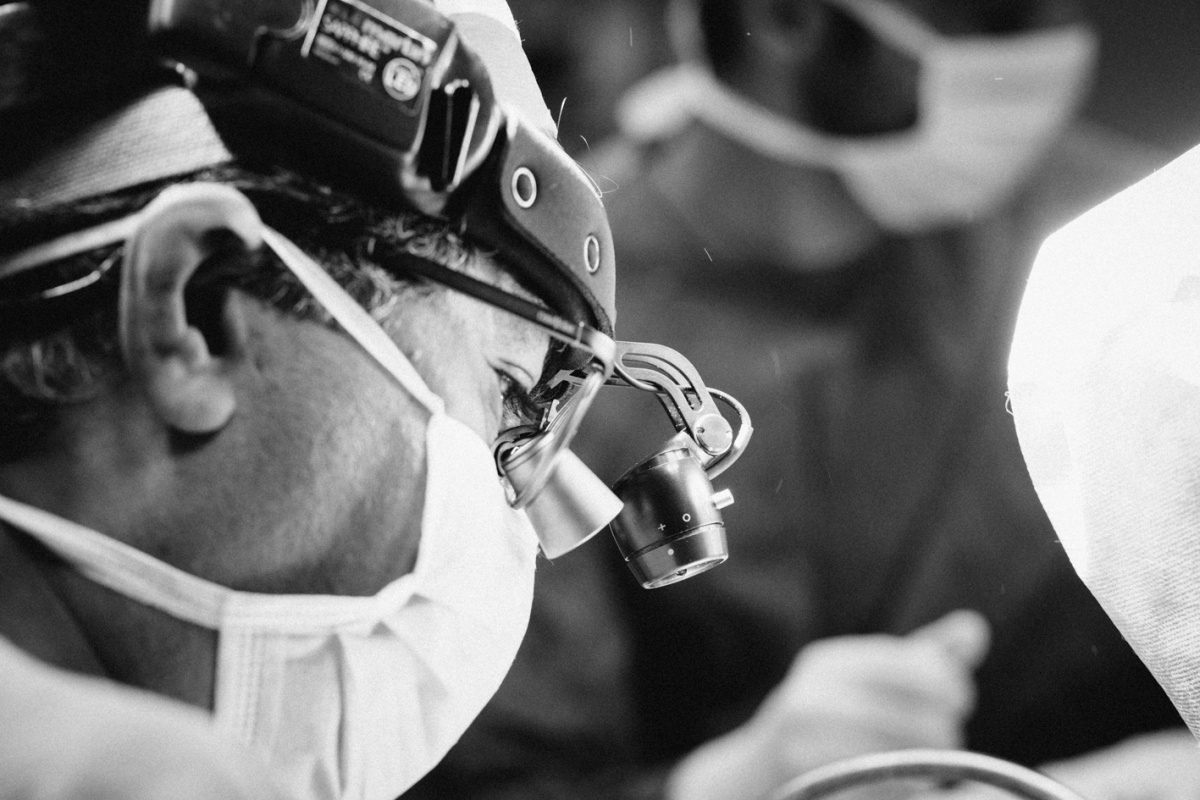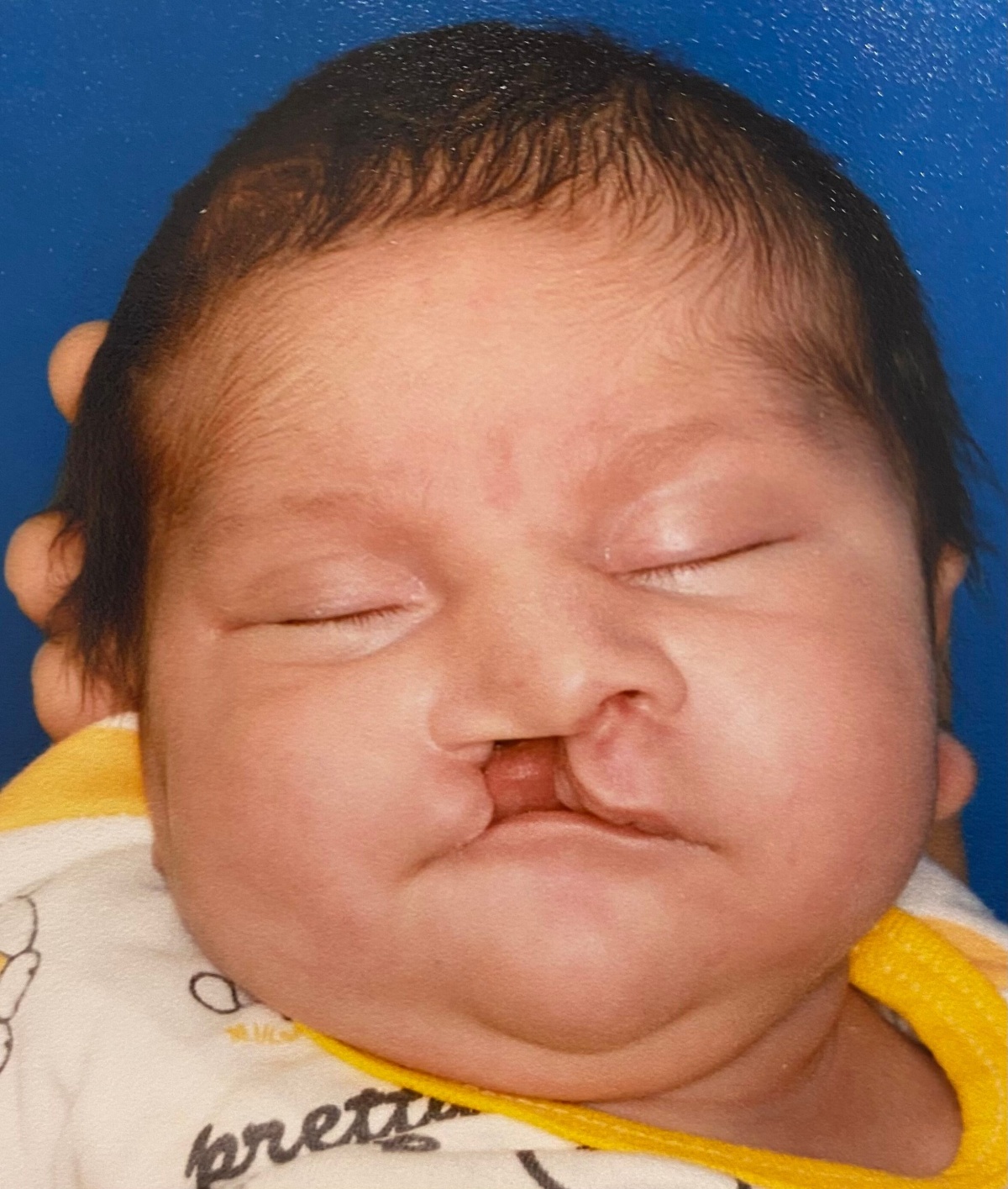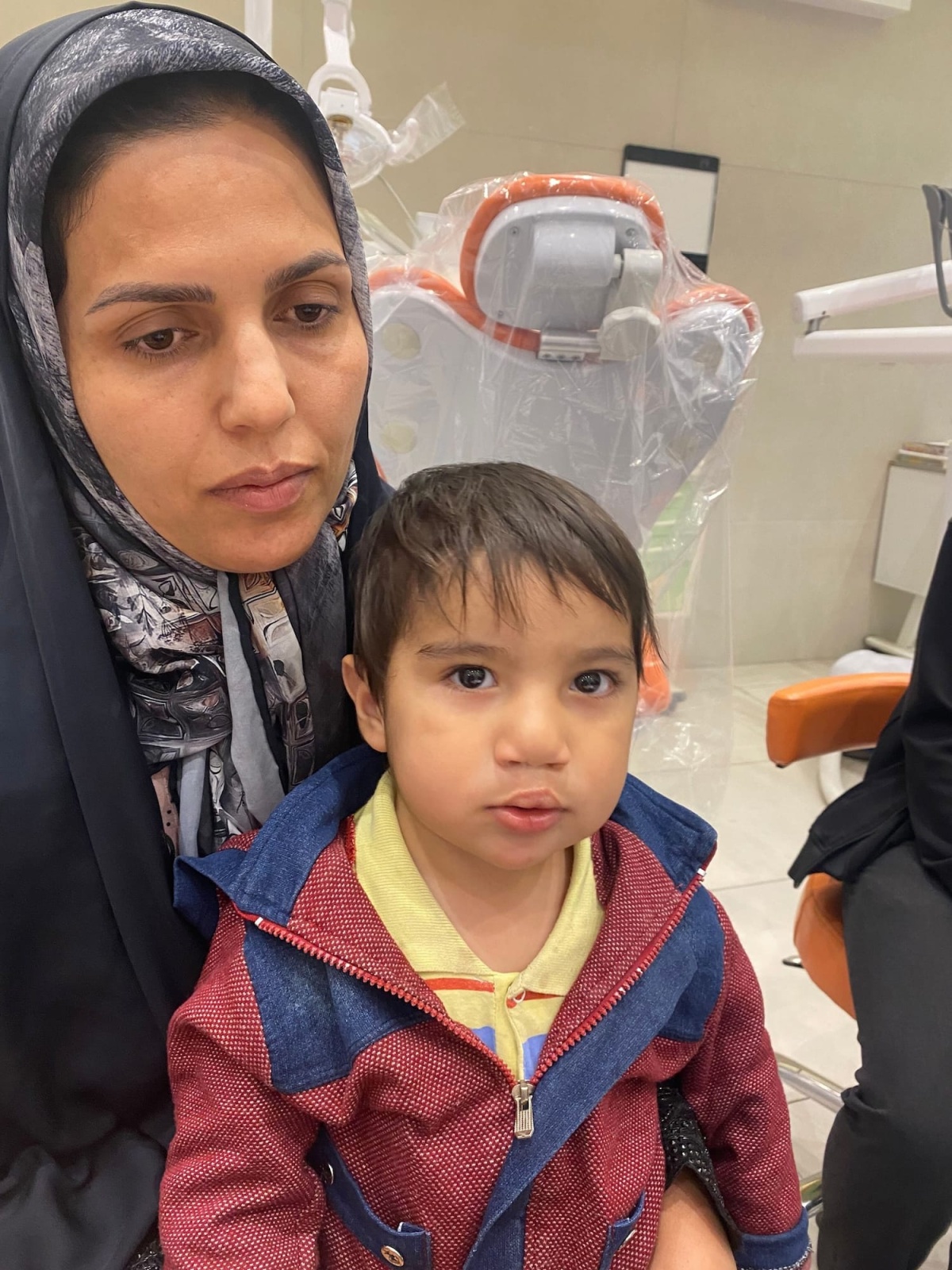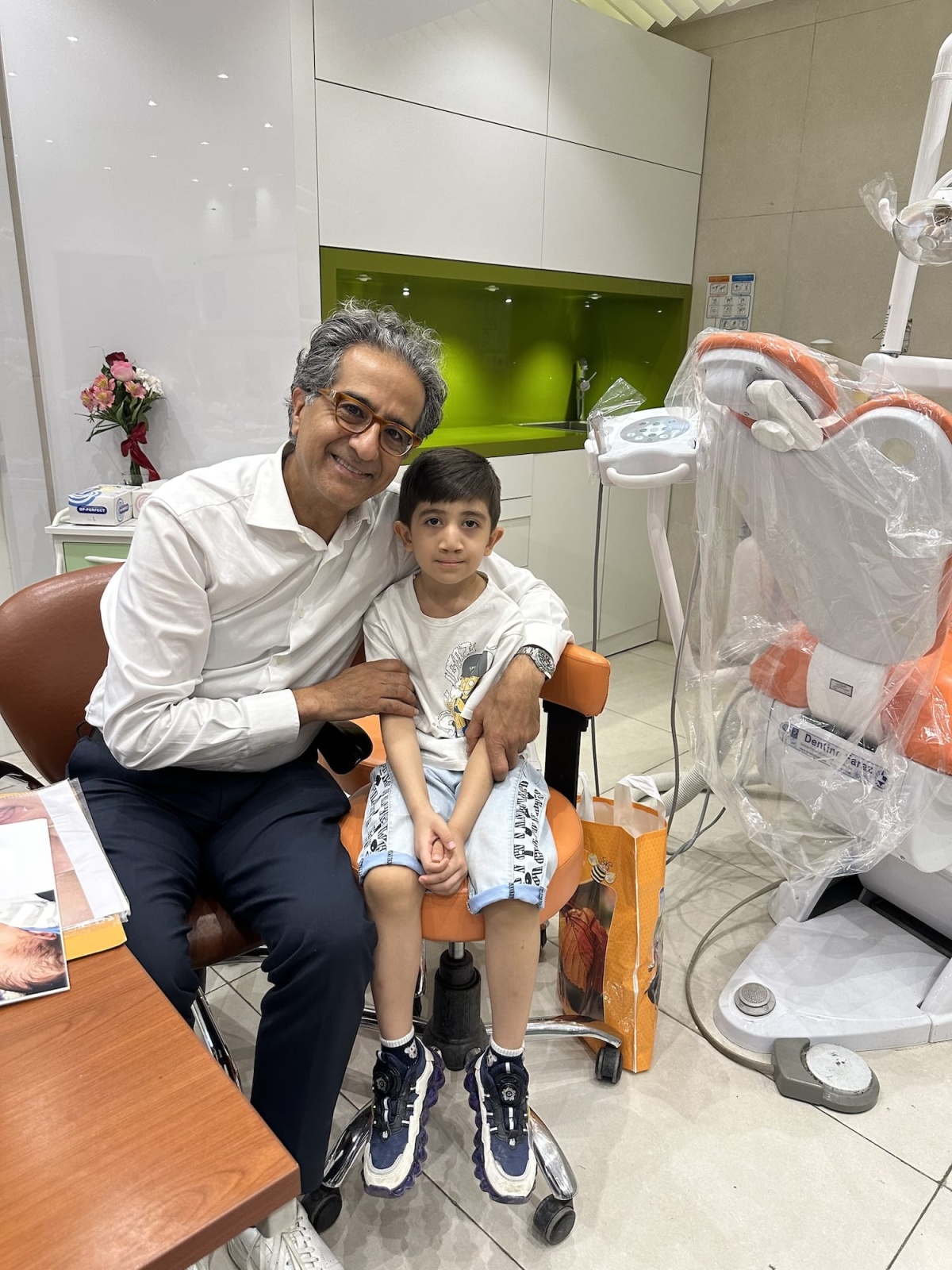Cookie notice
This website uses analytical cookies. They're only placed if you agree to them. Read our Cookie Policy
As a parent of a child with cleft, you probably have a lot of questions. On this page, we clearly explain to you what cleft is and how we are committed to treating cleft.

In most babies, a series of treatments and surgeries can restore normal function and appearance with minimal impact.

Cleft lip and cleft palate are openings or splits in the upper lip, the roof of the mouth (palate), or both. This is the result of facial structures developing in an unborn baby that don't close completely.
Usually, a cleft in the lip or palate is diagnosed through ultrasound examinations after 20 weeks of pregnancy. However this condition is immediately identifiable at birth.
When your baby is born with a cleft lip, palate, or both, you're probably devastated as a parent. But with the right care, they can be corrected. In most babies, a series of treatments and surgeries can restore normal function and appearance with minimal impact.


The actual cause of cleft lip and palate is still unknown. They most commonly occur as birth defects but are also associated with many inherited genetic conditions or syndromes.
Researchers believe that most cases of cleft lip and cleft palate are caused by an interaction of genetic and environmental factors. In many babies, a definite cause isn't discovered.
Our goal is always to achieve the maximum result with minimal impact on the child.
With your help we can put a smile on children's faces